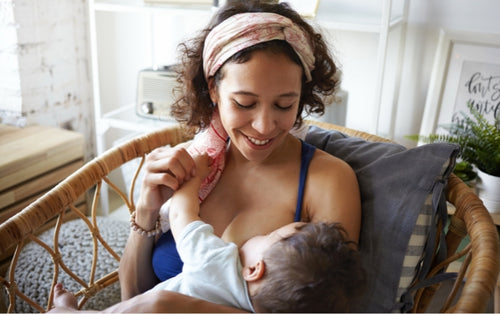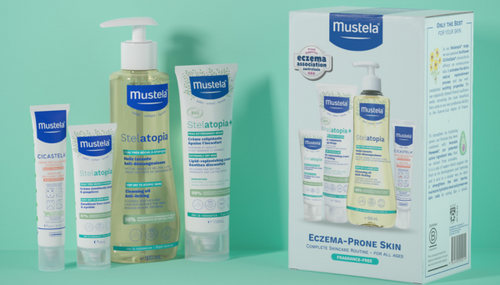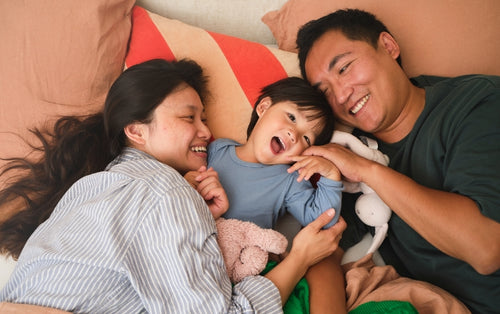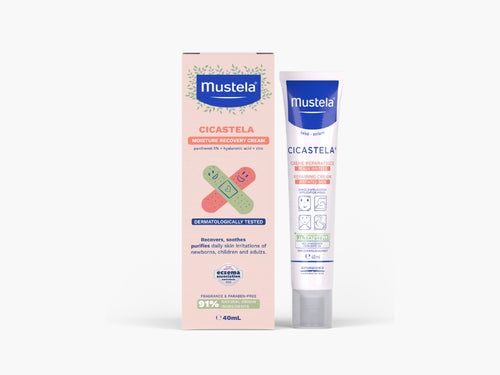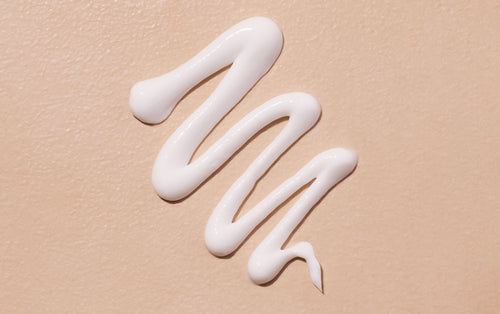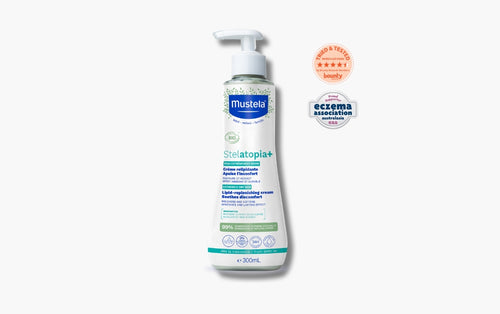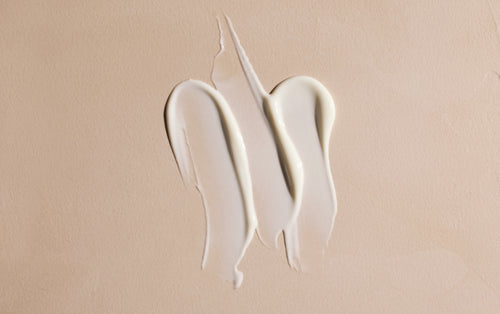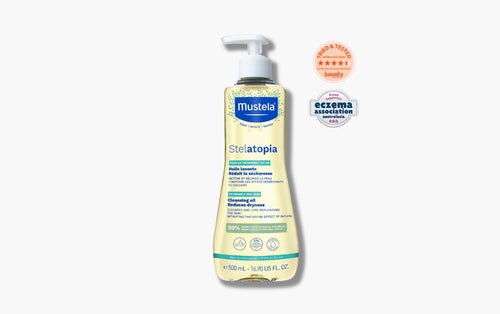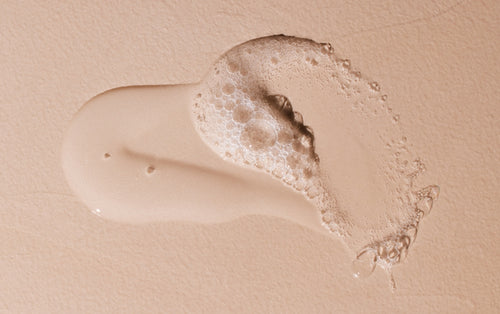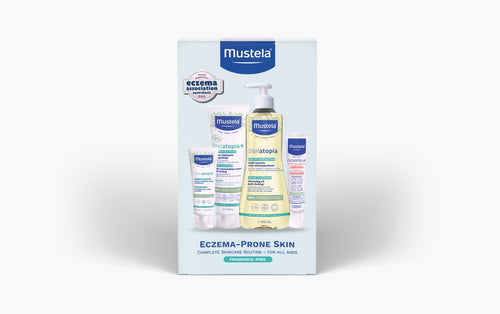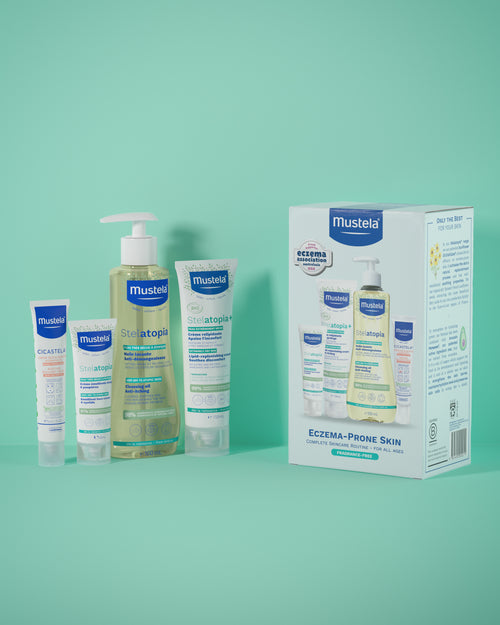But is baby prepared for the mountains? It’s an environment that offers lots of exciting discoveries for a young child, but also some specific climatic characteristics, with less oxygen, drier and colder air, lower atmospheric pressure and harsher sunlight. An update on what precautions to take and rules to follow for a safe and enjoyable time!
Before you go: a quick visit to your doctor
Very young babies can be taken to the mountains up to an altitude of 1,500 m: above that, the thinner air and lower pressure might be difficult for their immature body to tolerate. Wait until their first birthday before you go right to the top!
Your baby should be in perfect health before you set off. Think about fitting in a visit to the paediatrician before your holiday, to check that your baby doesn’t have an ear infection, isn’t anaemic and doesn’t have a heart murmur – all health conditions that can cause problems at high altitudes. Everything OK? Then off you go!
A gentle ascent
Are you the type of person who likes to get the journey over in one go to get there sooner? Now that you have a baby, you’ll have to change your ways! Once you get to an altitude of 1,200 m, it’s time to take a break to let their body adjust gradually to the atmospheric conditions. Offer your baby frequent feeds or bottles as you climb to unblock their ears and prevent any pain. And do the same on the way back down.
Beware of cold, dry air...
The air in the mountains in generally dry and cold, which may prompt laryngitis in small children. And remember your baby can’t move about much and will get cold much more quickly than you do: so you need to be extra careful! Wrap them up as much as you can, leaving as little skin exposed as possible: furry boots, gloves, a scarf and hat are essential, along with blankets or a foot-warmer. And remember to moisturise their skin regularly to protect it from the cold and the dry air, for example with Mustela Bébé Protecting Complex Cold Cream for their face and body, and Cold Cream Hydra-Stick for their lips and cheekbones exposed.
Don’t walk in the open air for more than an hour, and always keep your baby in a pushchair or front pack: never carry them on your back, as it will be hard to spot any signs of their getting chilled.
... and the sun!
The sun is at its most dangerous at high altitudes: UV rays are stronger because they are less well-filtered by the atmosphere and more intense when reflected by the snow. You absolutely must protect your baby’s skin and eyes. Make sure they always wear 100% UV category 4 sunglasses and apply a sun cream of factor 50 or more, specifically formulated for young babies. Now all you have to do is help them discover the fun of the snow!

